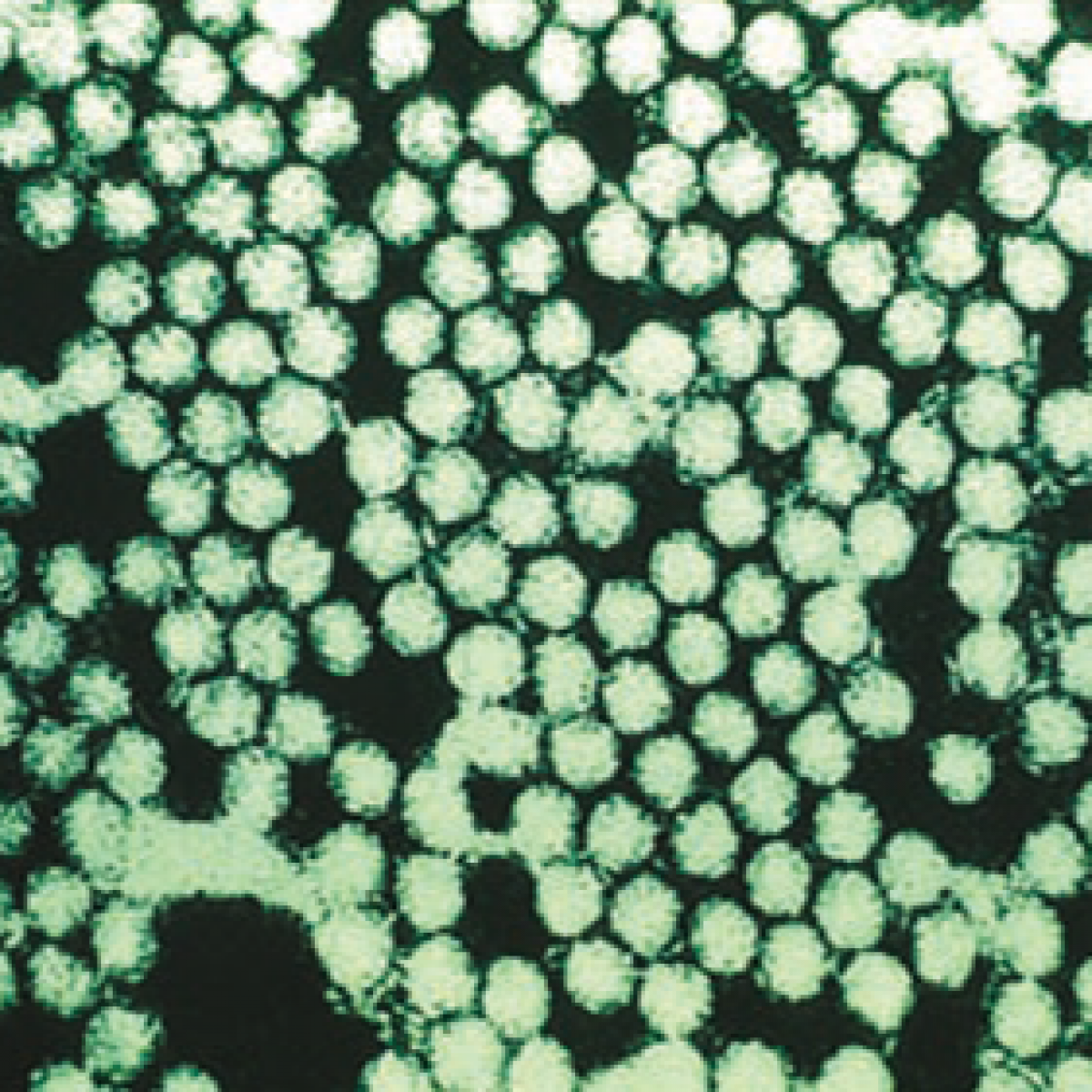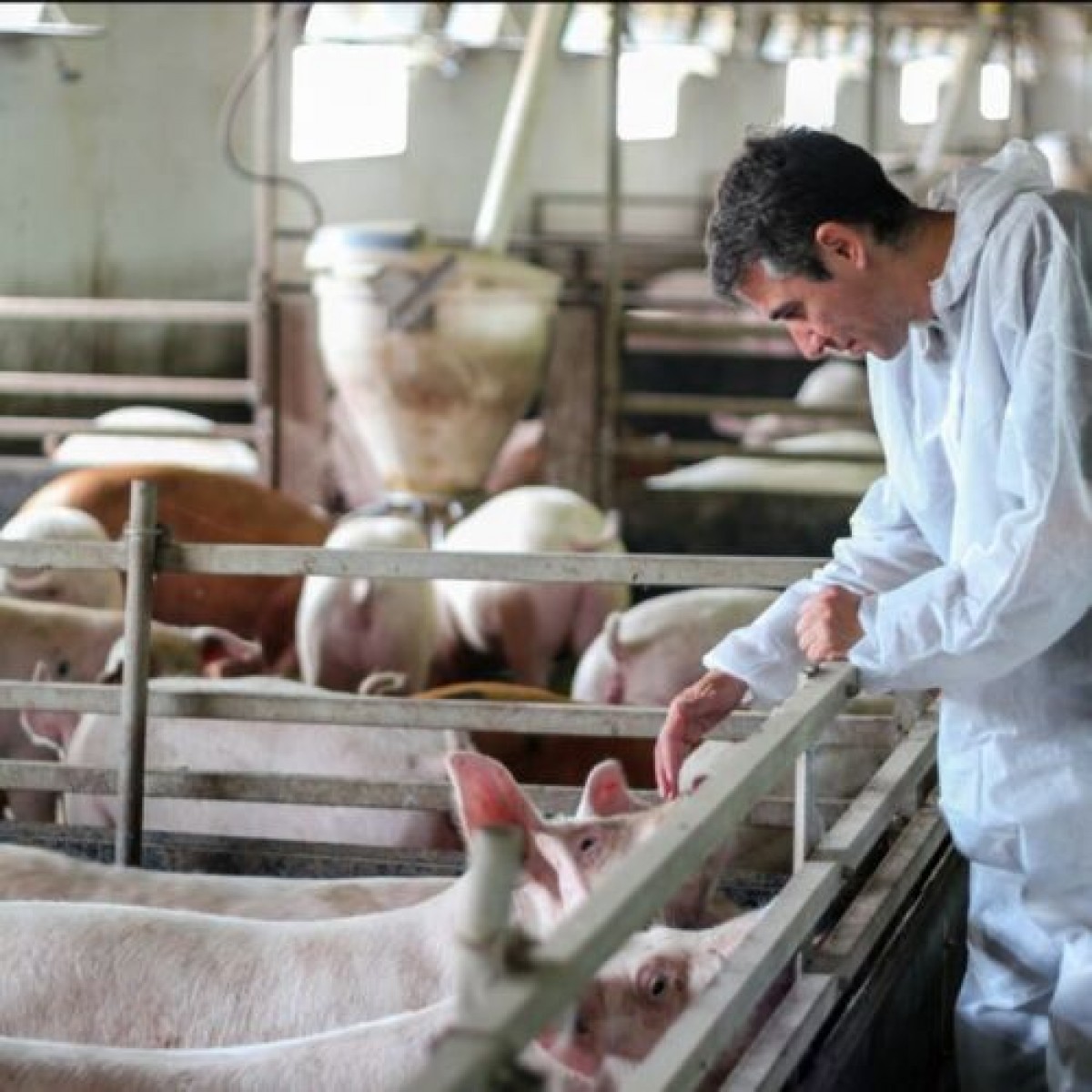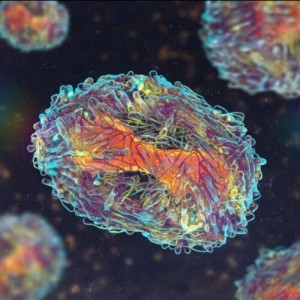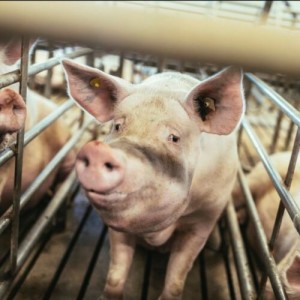Development of a pain scale in guinea pig
The authors of this study developed and validated a pain assessment scale for guinea pigs to be performed in clinics by veterinarians. The scale was established using pre-existing pain scales from other species and was based on signs expressed by guinea pigs in pain already identified in the literature. The scale consists of 14 descriptors grouped into 4 categories: appearance, functional, physiological, and behavioral. Each item on the scale was assigned a score based on the observation and handling of the animals. The total score obtained ranged from 0 to 26, with more intense pain scoring higher.
Fifty-eight adult guinea pigs presenting at the authors' Teaching Hospital between March 2021 and November 2022 were assessed. Guinea pigs were filmed during their consultation and an information sheet was completed. The information sheet provided details on the animals' appetite, fecal production, and behavior at home. The videos and corresponding information sheets were then reviewed to attribute a pain score to each animal. The pain scores were measured twice by a same observer 1 month apart to assess repeatability and by a second observer to assess reproducibility. The validity was assessed by correlating the pain scores given by the novel scale with scores using a numerical rating scale (NRS) as a gold standard method.
The initial Cronbach's alpha obtained was 0.77, which was satisfactory. However, it highlighted that items concerning pruritus and spasmodic movements should be deleted to strengthen internal consistency. Then, Lin's coefficient and Bland and Altman's graphical method highlighted that the scale had an almost strong repeatability and intra-operator reproducibility. Moreover, the correlation between pain intensities obtained with the novel scale and the scores given using NRS was correct (Kappa = 0.72). The specificity was 87.5%, but the sensitivity of the scale was 52.0%. Each item's repeatability and reproducibility were assessed to identify items that would benefit from added clarification.
This research is the first step in establishing a pain scale in guinea pigs. However, it should not yet be used in a clinical context. Indeed, the scale was not good at detecting pain when a guinea pig was actually painful. Further studies, including improvement of certain items and testing a larger sample of animals, are ongoing.
“Development and validation of a pain scale in guinea pig”. Floriane Benedetti, et al. Journal of Exotic Pet Medicine. Volume 50, June 2024, Pages 36-41
Source: https://www.sciencedirect.com/science/article/pii/S155750632400079X














List
Add
Please enter a comment